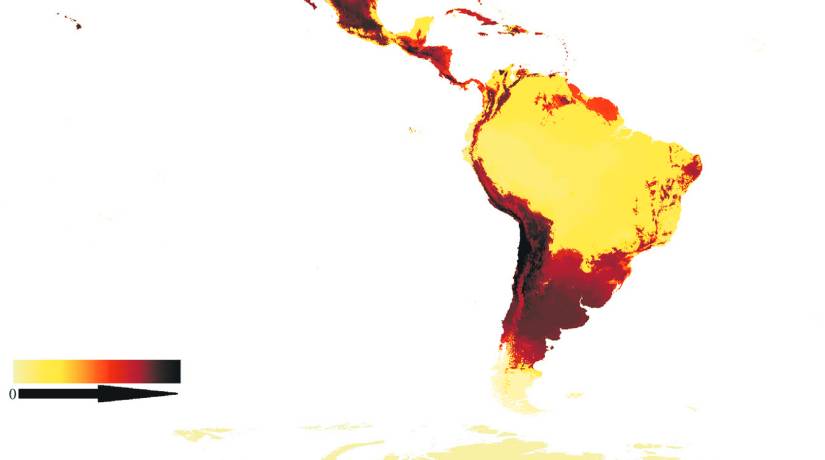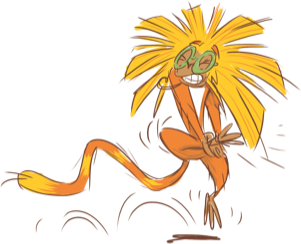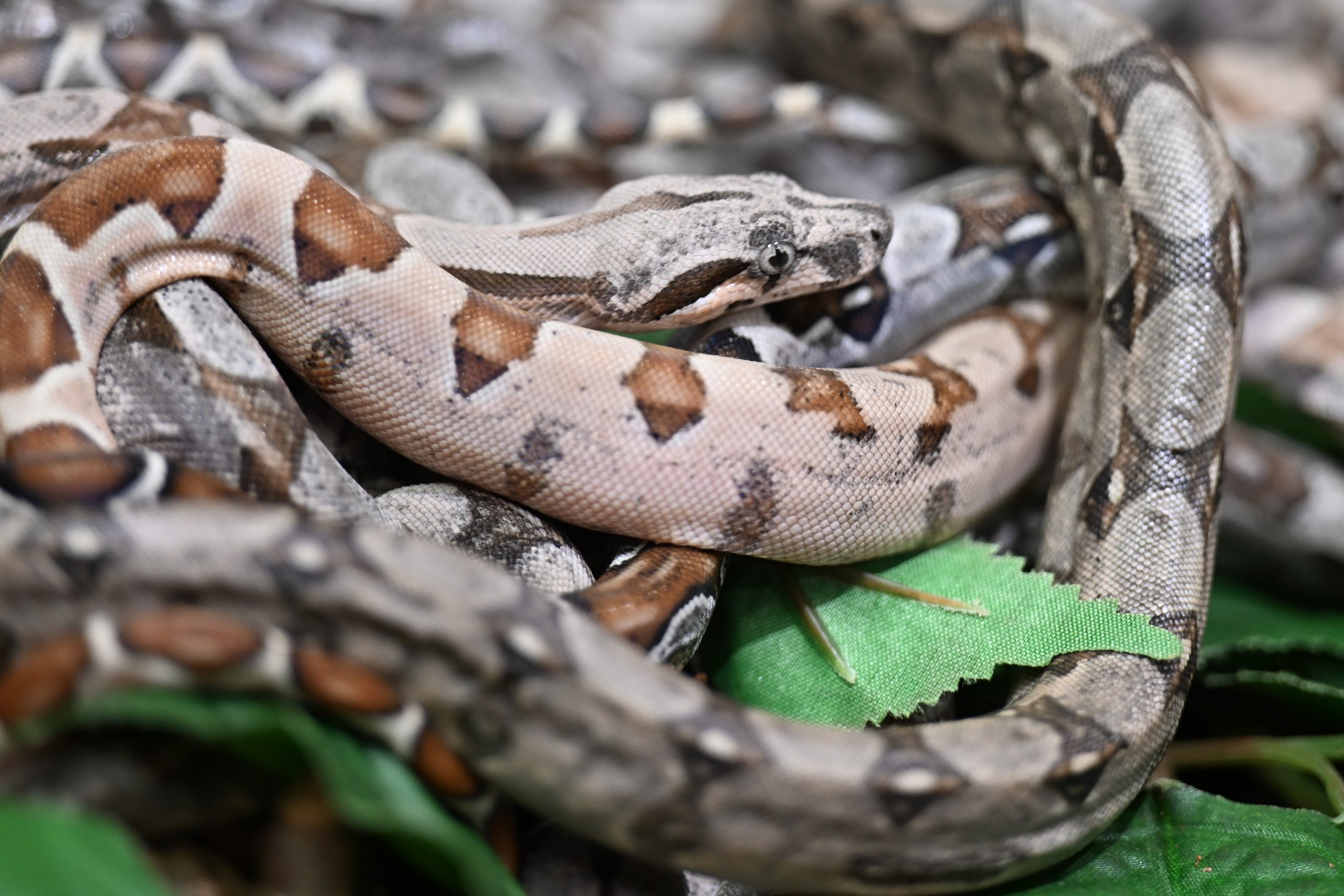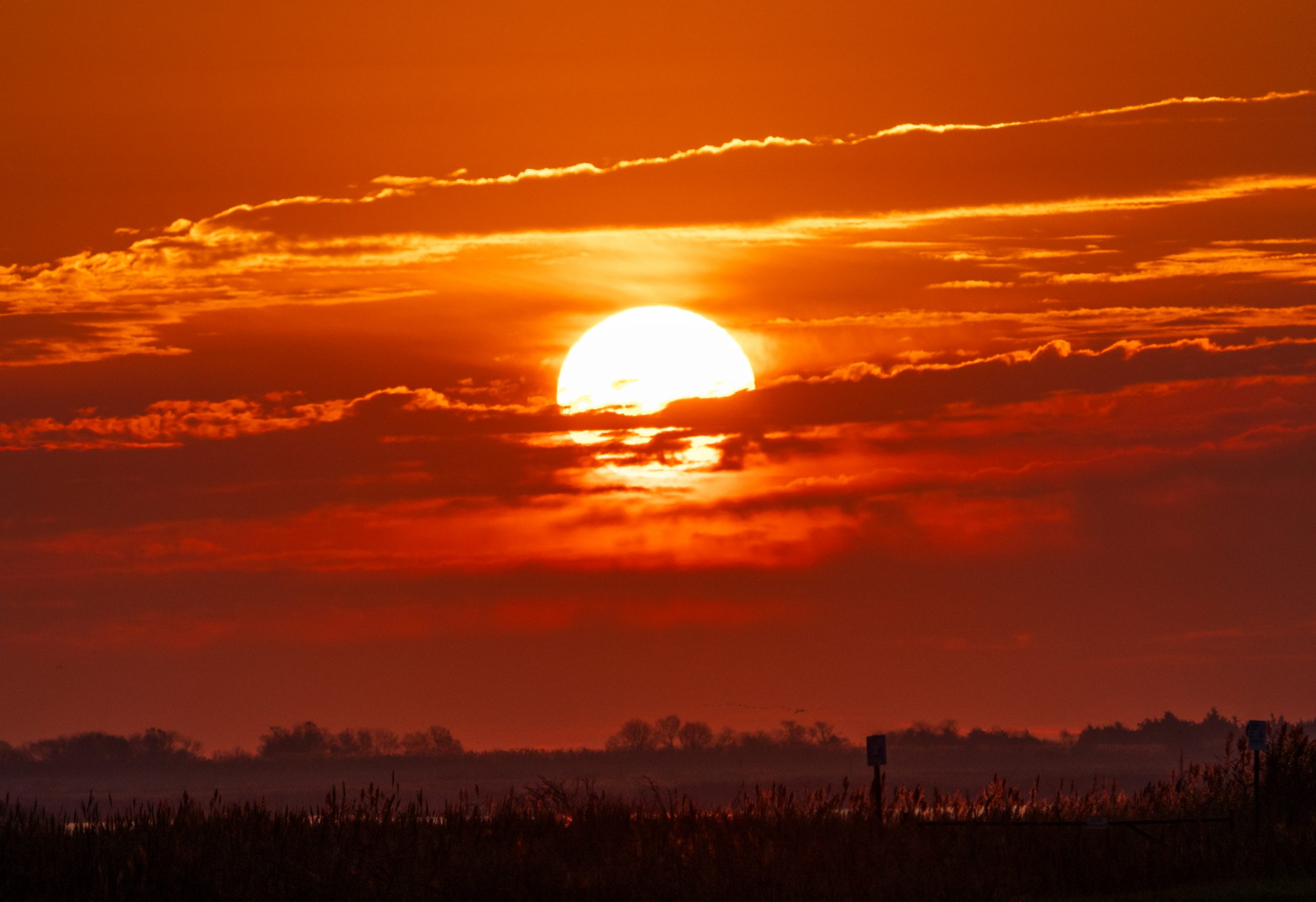In English
8 de dezembro de 2020
Researchers Create First Global Map of Bees – Level 3
Article published in Joca 162

Scientists have developed a map that shows the location of the more than 20,000 species of bees on Earth. It is the first time that this has been done. The novelty was published in the scientific magazine Current Biology on November 19th.
The map should help preserve these insects that carry out an important role in the pollination of plantations – a process that leads to the reproduction of vegetables, thus ensuring food supply for several species, including humans. Bees are at risk of extinction due to deforestation and the use of pesticides (substances that kill insects in agriculture).
To create the map, researchers compared a list of the location of the more than 20,000 species of bees with almost six million public records of the geographic positions of species around the world. Thus, they were able to get a more accurate listing of the places inhabited by bees around the globe.
According to the scientists, organizing this information is the first step towards moving forward on research about the distribution of bees and the places where there is risk of population loss. This way, it would be possible to ensure the survival of these insects.
Discoveries
The diversity of plants and animals usually increases as you get closer to the tropics and decreases closer to the poles. The study, however, found that bees do not follow this trend.
The team concluded that bees are present in greater numbers in arid environments, such as deserts, than in tropical and humid areas, such as forests. That is because large trees provide less food for bees than low-lying plants and flowers that show up when it rains in the driest areas. Many bees also nest and store food in the ground, because it is better conserved in dry conditions.
Researchers also noted that there are more species of bees in the Northern Hemisphere than in the Southern one.
Sources: CNN, Current Biology, G1, Science Daily, and the Smithsonian Magazine
Questions
1) What is the correct information?
a) This is the second bee map ever created.
b) By comparing data, scientists arrived at a more accurate location of the bees.
c) The map can help eliminate bees from Earth.
d) Like other animals and plants, bees are concentrated in the tropics.
2) What else do you know about bees?
Ixi! Você bateu no paywall!
Ainda não é assinante? Assine agora e tenha acesso ilimitado ao conteúdo do Joca.












Você precisa fazer o login para publicar um comentário.